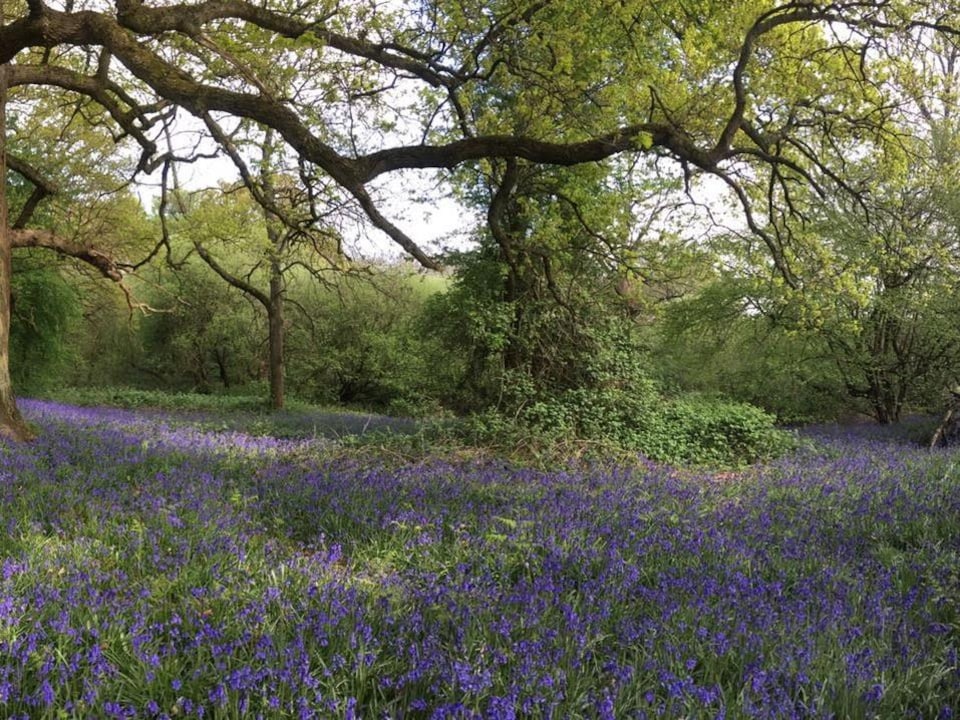These birds make an excellent subject for ecological study, as they readily adopt human-designed nesting boxes, breed readily, do not stray far from their birthplace, and are unfazed by the presence of scientists.
The latter can thus mark a large number of chicks (with rings on their legs) to follow them throughout their lives.
In the spring of 1947, biologists from the University of Oxford began to observe the population of great tits in this Oxfordshire forest, which over time had become a veritable living laboratory. On April 27, they witnessed the laying of a first egg.
It was the start of a long, ongoing relationship between a bird population and generations of researchers.
say the authors in a press release published by the University.
In the spring of 2022, the first egg of the year arrived on March 28, almost exactly one month earlier than its predecessor from 75 years ago, a trend that has taken hold over the years.
This change is a clear signal of the effects of climate change on one of our most familiar forest and garden birds. It is studies of this type that allow us to determine the consequences of changes
note the biologists.
The timing of the egg laying of the species is influenced by several factors such as climate, social interactions and the health of the trees in the forest, whether researchers are beginning to understand in terms of vulnerability and potential resilience to climate change
.
The biologists, who tracked each baby bird by recording the exact date the females laid their eggs and the date their eggs hatched, say they noted an early trend in the timing of seasonal behaviors.
In fact, according to them, the tits are just adapting to changes in their food chain. For example, the caterpillars they eat appear earlier in the spring, since the leaves of the trees they feed on also appear earlier.
A goldmine of information
Thanks to the foresight of those who initiated the study and the work of several generations of researchers in the field, we have access to a unique record that provides important information on the ecology and behavior of a bird population. in nature
notes John Krebs, professor emeritus of zoology, who completed his doctorate on Wytham’s chickadees in the 1960s.
The Oxford researchers are compiling breeding data from 1,209 nesting boxes as well as information on several ecological indicators of the forest.
Over the years, new technologies have been added to the working tools of biologists, including electronic beacons, cameras, remote sensing tools and genetic tests to compile the genome of birds.
No less than 70 doctoral theses have been completed since the start of the project and no less than 350 studies have been published in scientific journals.
Last March, American scientists associated with the Field Museum of Natural History in Chicago published a study in the Journal of Animal Ecology (New window) (in English) which showed that several species of birds in the United States are nesting and laying their eggs a month earlier than a hundred years ago.
According to their results, a third of the 72 species of birds studied nest and lay eggs on average 25 days earlier than a century ago.
Reference-ici.radio-canada.ca
